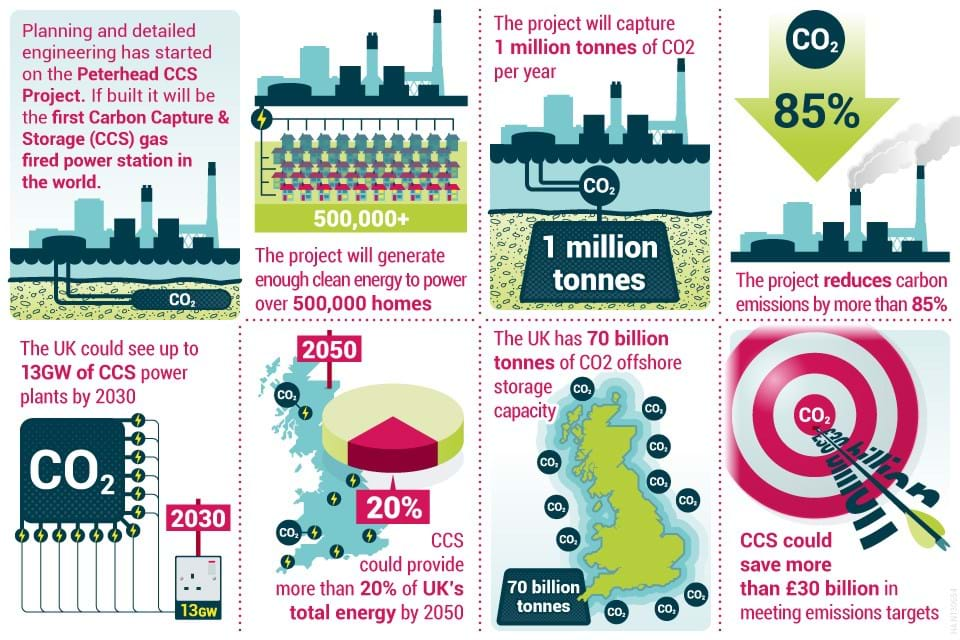No time to wait (Day 116)

20th September 2014

It is not a comforting thought to think that our descendants born in 30 or 40 years time may be left with the legacy of not acting now to mitigate the effects of climate change.
We need to press ahead with building capacity for renewable energy. There's also no time to waste to implement carbon capture and storage (CCS) technology for the hundreds of fossil fuel power stations that will still need to be constructed in the meantime. Without CCS, it is unlikely we'll get anywhere near the Kyoto targets.
But implementing CCS is quite a challenge. One of the biggest challenges is ensuring that the individual components along the chain interact safely and effectively under diverse operating scenarios.
Solutions to this systems-wide modelling is in need of a boost - and we have one.
Over the summer, UK-based Process Systems Enterprise (PSE), launched its gCCS systems modelling environment for full-chain carbon capture and storage (CCS) applications.
According to PSE, gCCS is the world's first modelling software to be specifically designed for full CCS chains - from power generation through CO2 capture, compression and transport to injection.
gCCS uses sophisticated models to predict how the CCS chain's components will interact under different scenarios. And it provides engineering-level models for conventional generation (pulverised coal and gas-fired), new generation (gasification and oxycoal), solvent-based carbon capture, compression, transmission and injection.The first commercial deployment of gCCS in the UK will be at the Peterhead CCS Project, where it will be used to investigate the flexibility of the operation of the capture process when integrated within the full system.
The Peterhead power station is a Combined Cycle Gas Turbines (CCGT) station owned and operated by Scottish and Southern Energy (SSE) near Peterhead, Scotland.

SSE's partner in the CCS project is Shell. The partners believe it is possible to capture up to 10 million tonnes of carbon dioxide (CO2) emissions from Peterhead.
The CO2 will be transported by pipeline and stored, approximately 100 km offshore in the depleted Goldeneye gas reservoir, at a depth of more than 2 km under the floor of the North Sea.

Speaking earlier this year, former IChemE technical vice president, Ed Daniels, who is Shell's UK chairman, commented: "CCS could be critical to reducing carbon emissions at a time of growing global demand for energy."
"The successful demonstration of the technology at Peterhead would be a step towards proving its commercial viability as a tool for mitigating climate change".
It will be interesting to see how the Peterhead CCS project develops over the next few years and we wish SSE, Shell and PSE good luck as they embark on this challenging initiative to drive forward CCS technology.